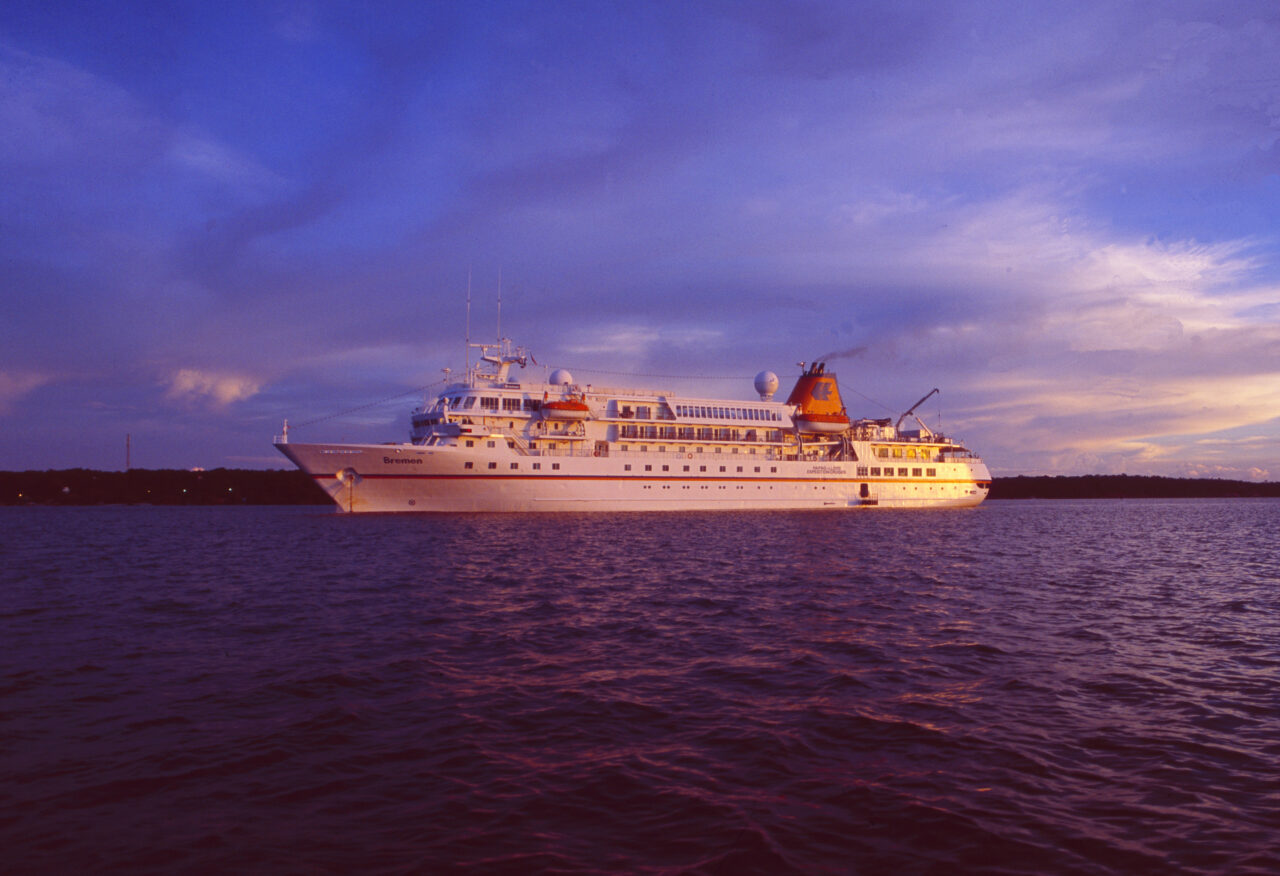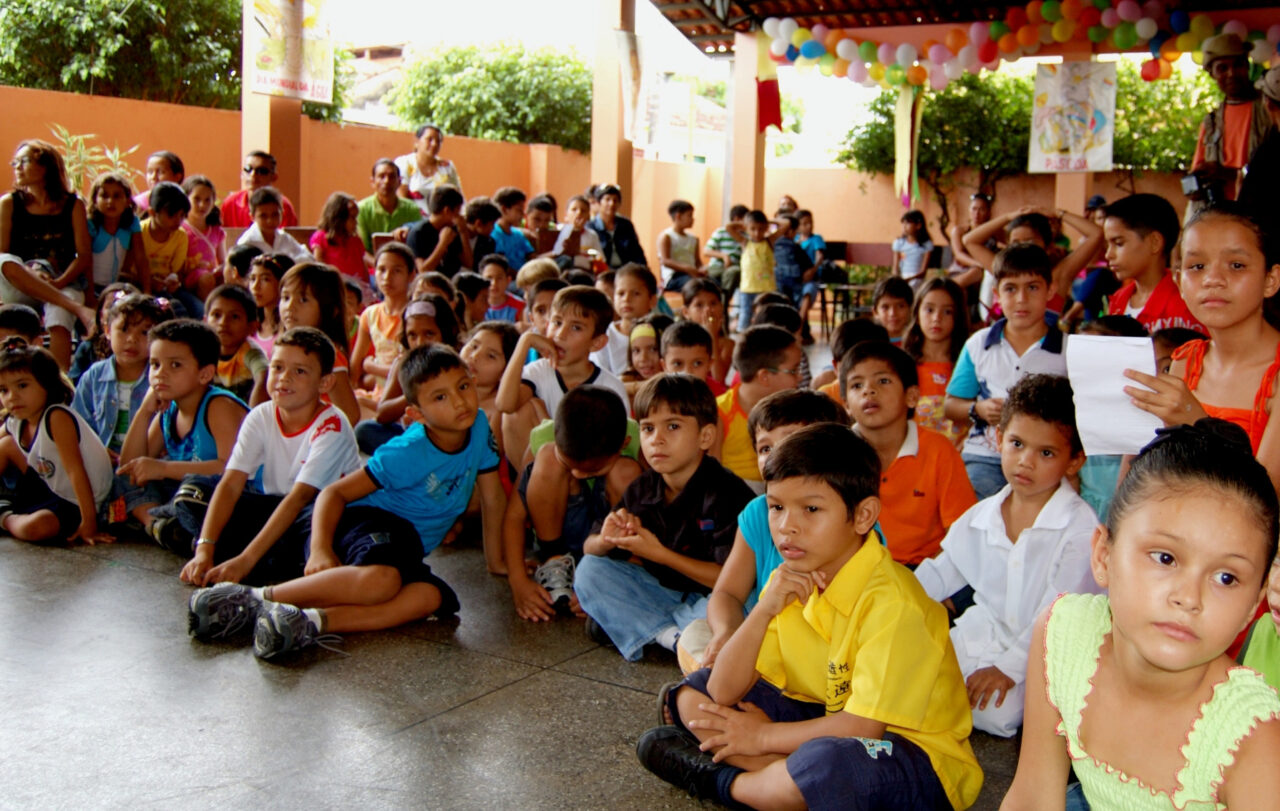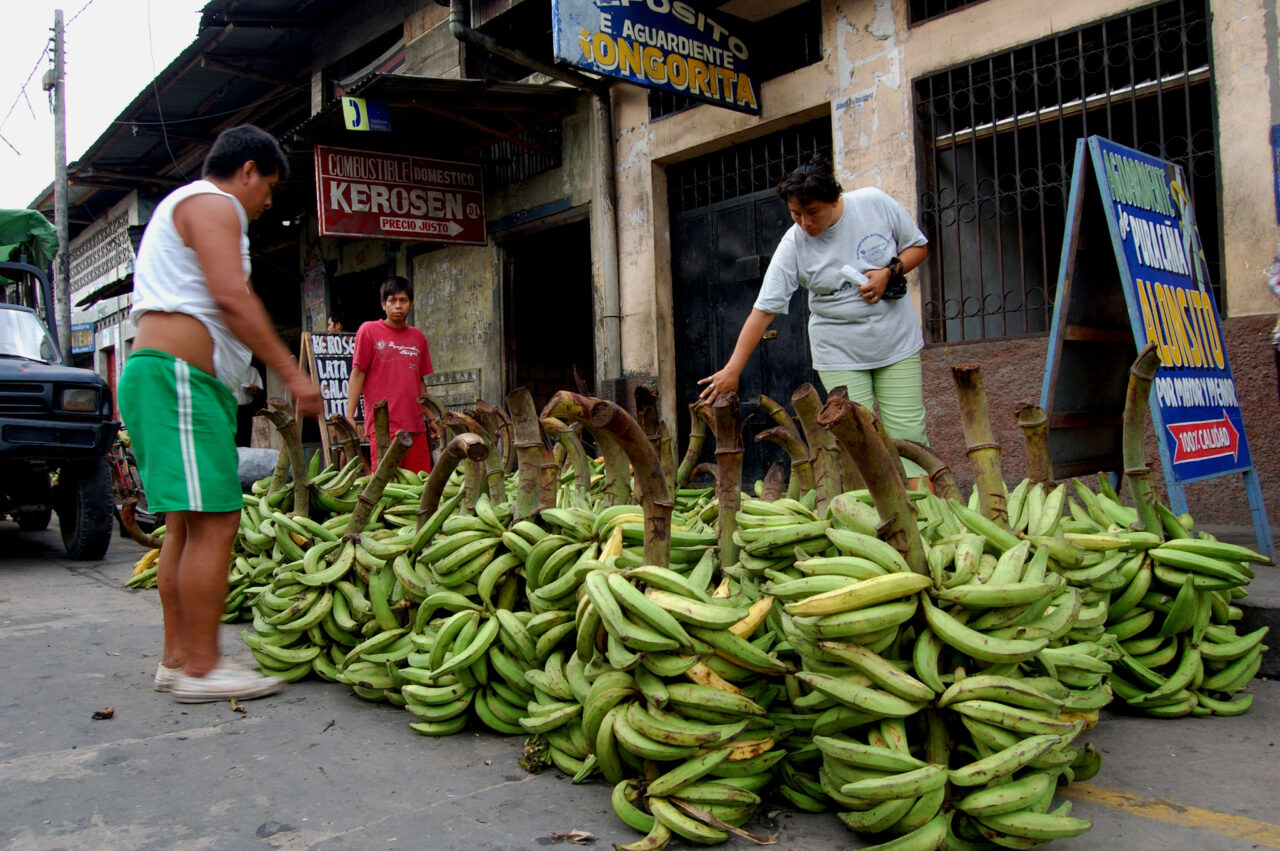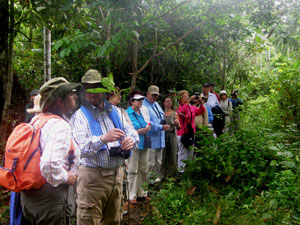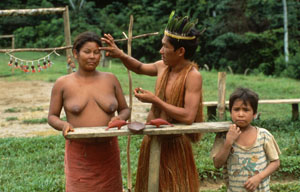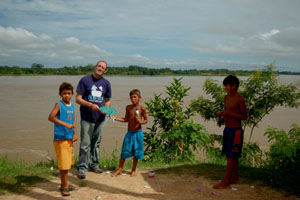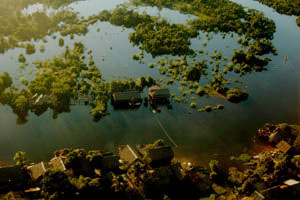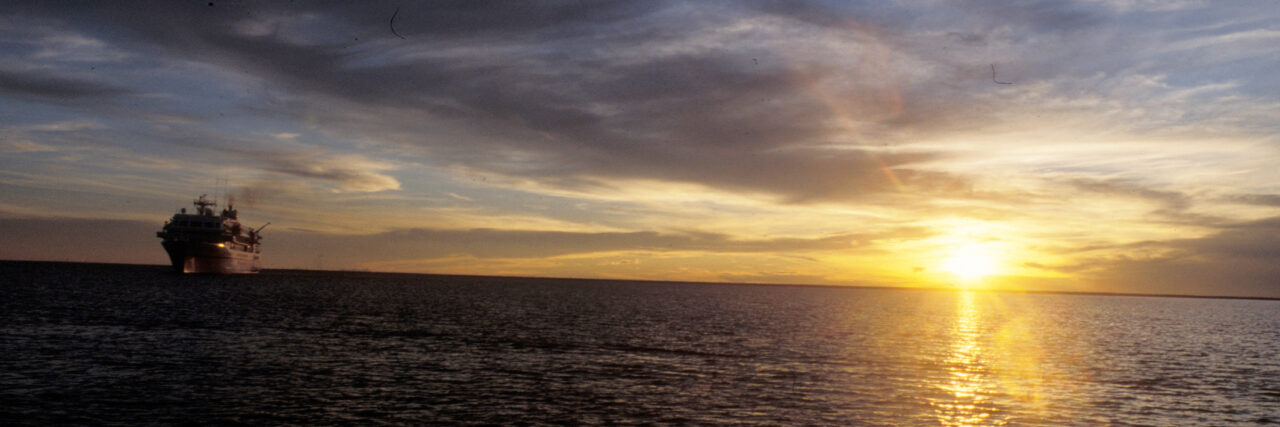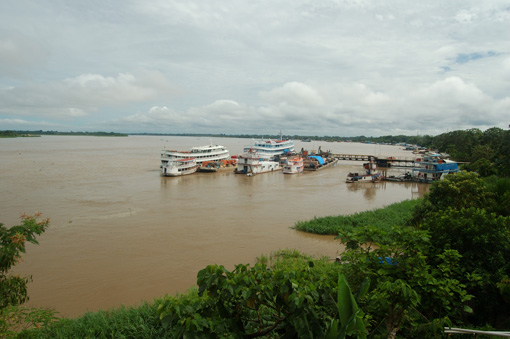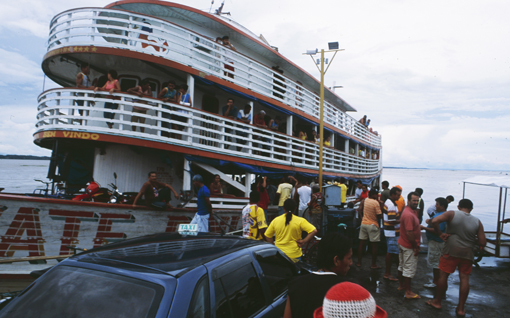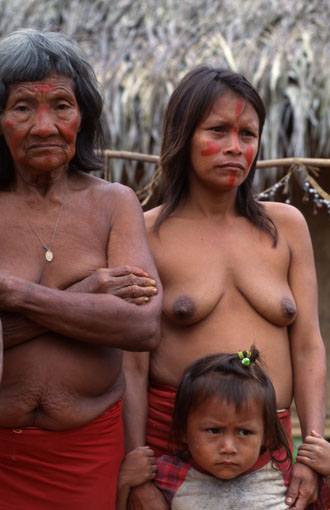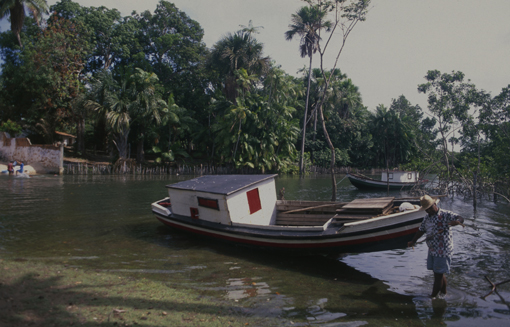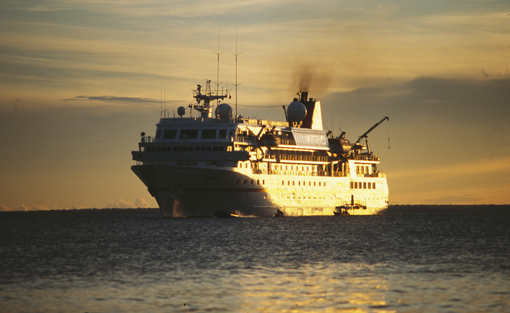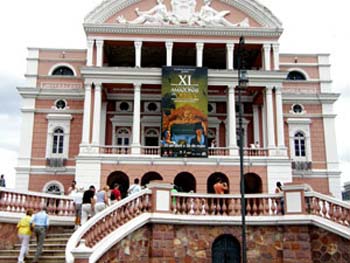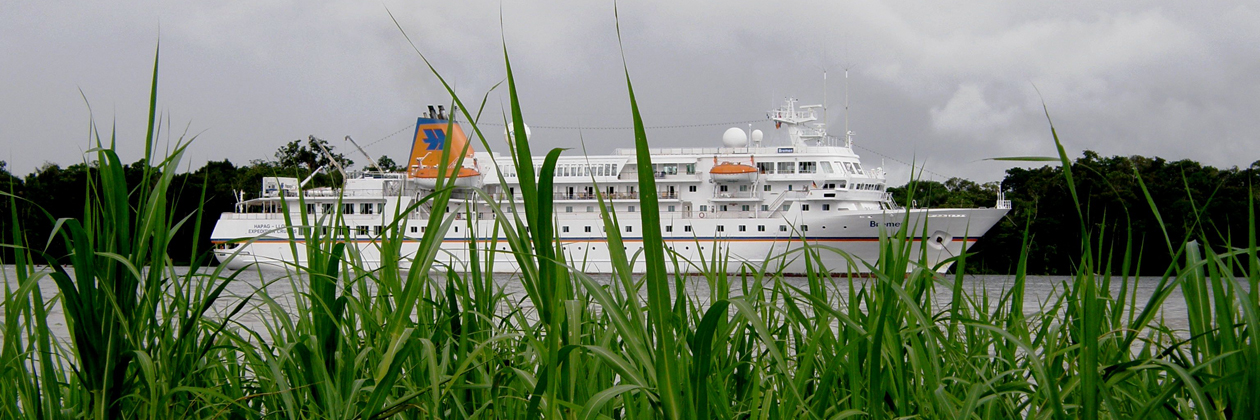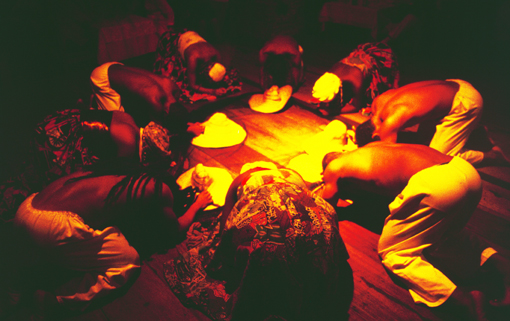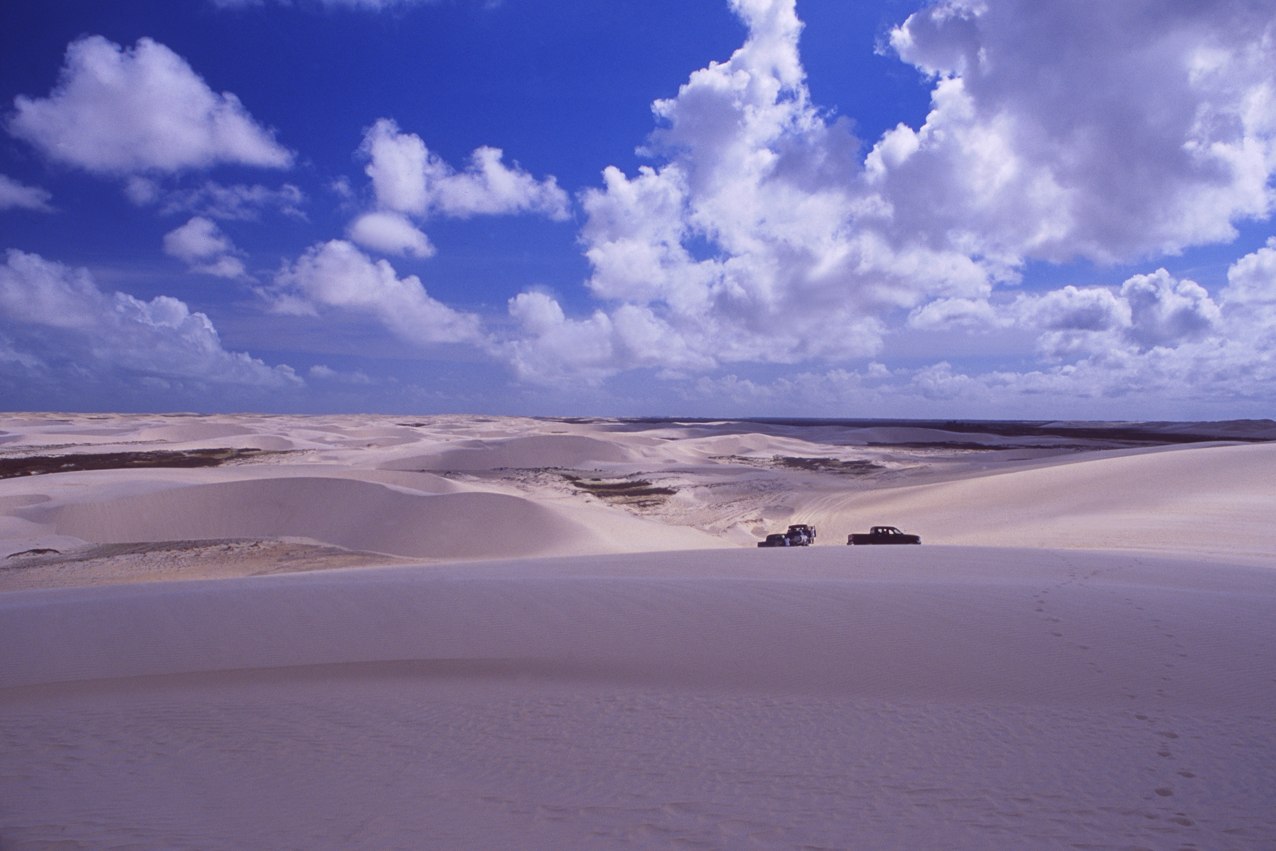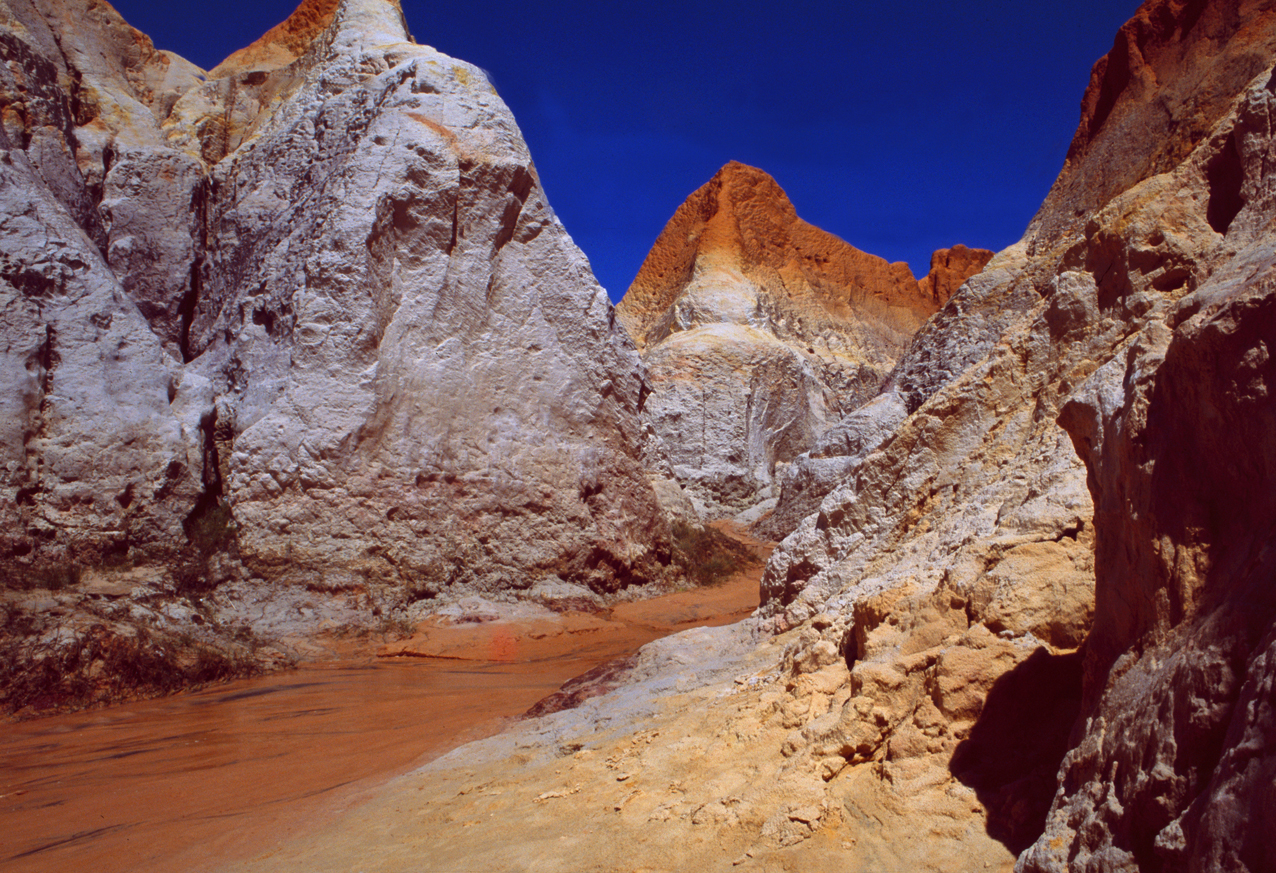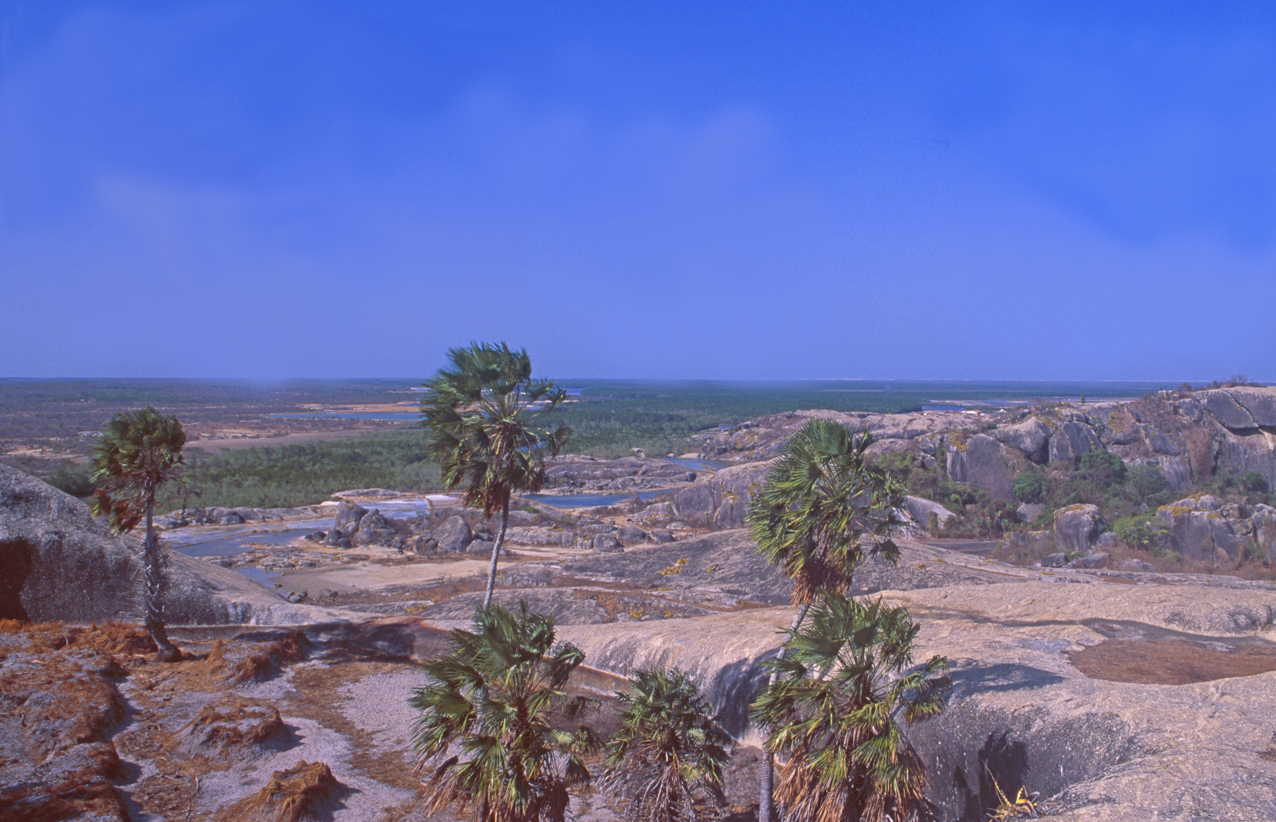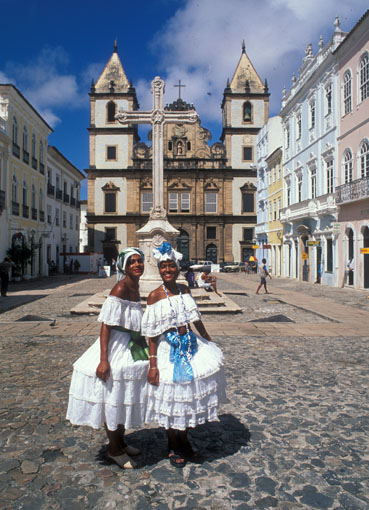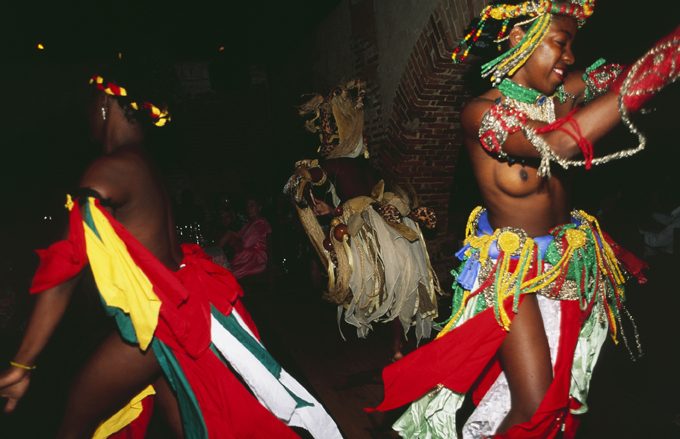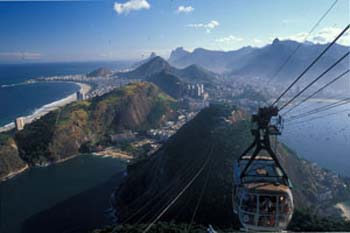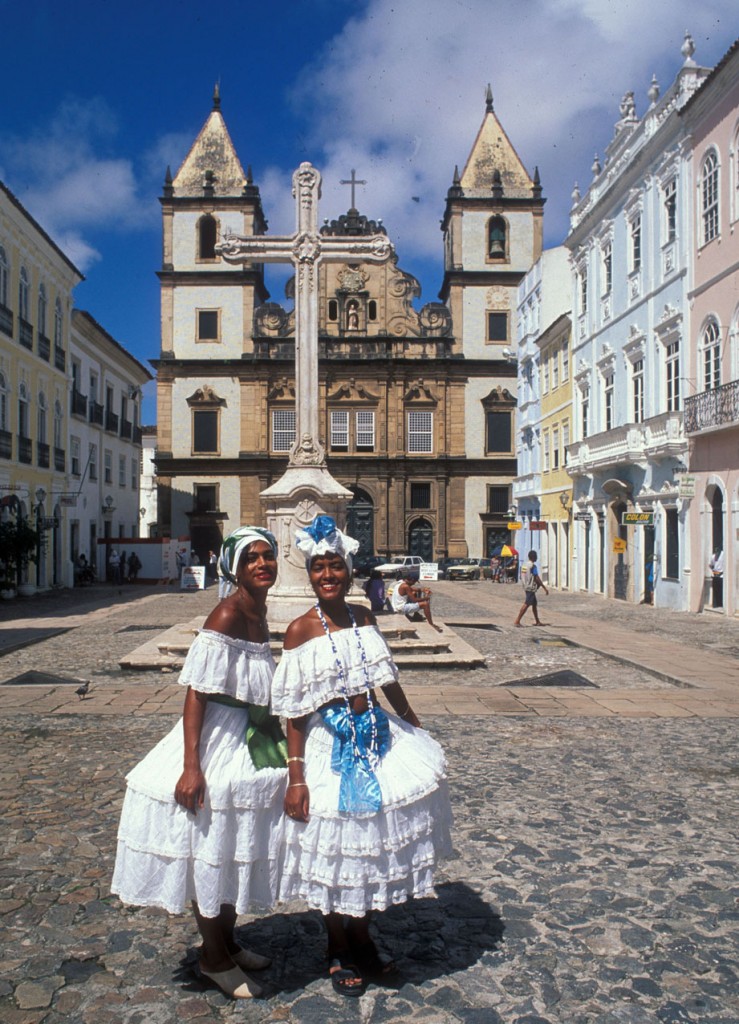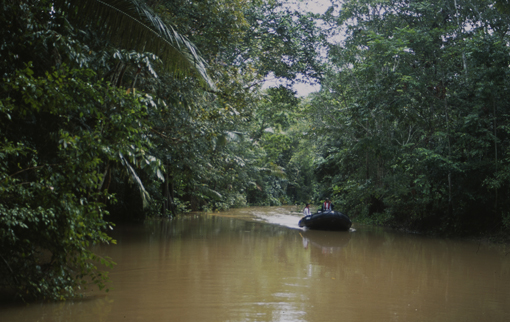
FOREWORD
The author, Gerd Michael Müller, born in Zürich in 1962, traveled as a photo-journalist to more than 50 nations and lived in seven countries, including in the underground in South Africa during apartheid. In the 80 years he was a political activist at the youth riots in Zürich. Then he was involved in pioneering Wildlife & eco projects in Southern Africa and humanitarian projects elsewhere in the world. As early as 1993, Müller reported on the global climate change and in 1999 he founded the «Tourism & Environment Forum Switzerland». Through his humanitarian missions he got to know Nelson Mandela, the Dalai Lama and other figures of light. His book is an exciting mixture of political thriller, crazy social stories and travel reports – the highlights of his adventurous, wild nomadic life for reportage photography .
(please note that translation corrections are still in progress and images will follow soon)
Its name is a legend and sounds as exotic as the myth that surrounds it: the Rio Amazonas. It is the second longest and most water-rich river on earth, the one with the most tributaries, the strongest water discharge, the largest catchment area and the most enormous delta. In thousands and thousands of meanders, it flows majestically through the most diverse and opulent rainforest on earth, nourishing, watering and sustaining an immense diversity of fauna and flora, while being the lifeline of millions of people. The Spanish conquistador Francisco de Orellana was its first ambassador when he told the Western world about the largest river system after his advance into „the green hell“ around 1542; the German explorer Alexander von Humboldt was its most exciting reporter and cineastes surely remember the fantastic impressions of the movie „Fitzcarraldo“ with Klaus Kinsky in the leading role of the crazy and pissed-off opera fan.
The Amazon is called „Maranhão“ by the Indians, „which only God can unravel“ and it consists of a bizarre network of over 1100 rivers, 20 of which are longer than the Rhine. But it is only after the encuentro dos aguas, the confluence of the Rio Negro and Rio Branco at Manaus, that the river is called Rio Amazonas. With its catchment area of more than seven million km2 and its daily deposit of three million tons of sediment in the delta, the Amazon outranks all other rivers. One fifth of the fresh water in the world’s oceans is fed by the king of rivers. More than 30,000 species of plants, which thrive on three levels above each other, and more than 2,000 species of fish and birds live in its catchment area.
An expedition to the Amazon jungle is both a journey into an exotic world full of overwhelming flora and an encounter with a species-rich fauna – full of giant snakes, such as anacondas and phytons, anteaters, sloths, howler monkeys, piranhas, shy river dolphins, colorful parrots (macaws) or magnificent tucans as well as nimble hummingbirds. The list could, it seems, be continued almost indefinitely. But the opposite is the case. The number of species threatened with extinction is increasing dramatically. According to experts, the rainforest is irretrievably destroyed when 40 percent of its area has been destroyed. In the last 50 years, a quarter of the rainforest has already been cut down or burned – with catastrophic consequences for the climate, the environment, people and animals. The indigenous people in the rainforests had destroyed barely one percent of the rainforest over the period of the last 15,000 years. A single human generation is therefore sufficient to throw the entire ecosystem of planet Earth out of balance and humanity as such into danger.
In Brazil today there are still about one million square kilometers of Amazon rainforest, which is not protected and not zoned but also does not belong to the indigenous tribes living there (because they first have to prove their centuries-old legitimacy in lengthy processes), so that their land is not sacrificed to overexploitation and investor rapacity. Because the common principle goes as follows: Areas are illegally confiscated, burned or cleared and thus destroyed. In the years that follow, attempts are then made to legalize land grabbing in this area through lucrative cattle ranching, which, at the latest since President Bolsonaro, is a piece of cake. Land speculation is fueled by international investors. In the region, some 30 billion U.S. dollars will be spent in the next few years on road construction, electricity and infrastructure to develop and exploit the primary forest. 92 dams are planned in the Amazon region. These are devastating prospects. What a capitalist madness.
To make matters worse, Jair Bolsonaro’s government is planning to build a railroad almost 1,000 kilometers across the jungle and many indigenous protected areas. The agricultural lobby is delighted, as the Ferrogrão infrastructure project promises lower transport costs to the Atlantic in the future and thus higher profits. This fuels further clearing of virgin forest with disastrous consequences: A study by economists Juliano Assunçao, Rafael Araújo and Arthur Bragança has shown that this is likely to result in additional clearing of an area of 2050 square kilometers, equivalent to around 300,000 soccer fields. Not only would the clearing of this virgin forest produce about 75 million tons of carbon, but the increasing loss of the green lung will soon lead to the collapse of the climate and irrigation system in the entire Amazon basin.
Where there is forest now, there is a threat of cattle breeding, soy plantations and then desert. „The less contiguous rainforest there is, the less the cycle of moisture absorbed in the Amazon basin and rainfall on the slopes of the Andes works,“ confirms the renowned Amazon ecologist Lovejoy of „George Mason University“. He is also of the opinion that the „Tipping Point“, the time at which the collapse threatens, is threateningly close. The renowned „Nature Magazine“ concludes that the rainforest is already so damaged that it emits more CO2 than it absorbs. This will have a catastrophic effect on fauna and flora in all Amazon regions. The next ten years will determine whether we destroy the Amazon refuge and lose it forever. However, the prospect of turning away from deforestation and exploitation and rethinking seems minimal. A sad story resp.a true nightmare for the global climate, fauna and flora. Because:
The Amazon rainforest consumes more carbon dioxide for photosynthesis than any other area in the world. By binding moisture, tropical rainforests form the largest freshwater reserve in the world. When they no longer exist, evaporation effects increase and precipitation goes directly into the open ocean, causing drought and dryness. The reduction of forest cover increases the carbon dioxide content in the earth’s atmosphere, which in turn also fuels the greenhouse effect. Rainforests should also not be underestimated as oxygen producers. After the phytoplankton in the sea, they produce the most oxygen. On the other hand, they bind large amounts of CO2 through photosynthesis. The burning of fossil fuels and slash-and-burn agriculture exacerbate the problem.
One of the most comfortable and at the same time most exciting ways to explore this opulent natural wonder and sophisticated ecosystem is a cruise, as you can do for example with the „MS Bremen“ – the expedition ship of „Hapag-Lloyd“ Cruises or the Hanseatic, another cruise ship of the Hamburg shipping company. There the otherwise rather laborious, sweat-driving and dangerous Amazon expedition becomes the light-hearted high pleasure. Although it is a bit grotesque to go on an expedition in the Amazon basin with environmental scientists on a CO2 pollutant, I decided for once to go on this, my first and only cruise. But due to a scheduling error, the „MS Bremen“ had left the Peruvian Amazon metropolis of Iquitos – a 400,000-strong provincial town that is very poor, but has countless casinos with slot machines and gaming tables – hours ago without me. Now I stood there and tried for three days to charter a boat to follow the luxury liner.
It finally took a whole week until I finally arrived with small speed boats in Manaus, Brazil and finally caught up with the „MS-Bremen“ after 1000 km of wild boat trip through the jungle. On the adventurous boat trip a backpack was stolen from me and the border crossing from Peru to Brazil was not without its problems either. We arrived at the border in the darkest of nights. On the spot there was no hut to sleep. On the other side in Brazil there was. Two fellow travelers and I found an old man who drove us across the border river in the pitch dark and picked us up again in Brazil the next morning to take us back to Peru, since we had to make an orderly border crossing and needed an exit stamp to avoid arriving illegally in Brazil. After the operation orderly border crossing had succeeded so far and I thus six days later than planned, burned as well as at the end of my forces on board the „MS Bremen“ had arrived, I relaxed first of all on the luxury steamer and was fed truly deliciously and exotically. Not only culinary but also with exciting jungle excursions, valuable information and super lectures about the respective region, its fauna and flora – garnished with finest appetizers, fantastic buffets and high-level entertainment.
The „MS-Bremen“ offers everything an explorer’s heart desires: a 100-strong crew, perfectly attuned to each other, who always strive to fulfill the passengers‘ every wish and make them happy with small attentions. Also the cruise ship offers a large selection of possibilities for the varied organization of the days on board with most diverse individual activities. Excursions with the high-horsepower inflatable boats allow access to otherwise inaccessible regions and therefore also offer a very intense perception of all the mysterious, exotic places and encounters with fauna that can be experienced from an impressive proximity. And thanks to the scientific speakers on board, you will learn more about the ecological and economic relationships between exploitation and exploitation.
Thus the ship journey runs over a good 1700 kilometers via Pevas down to Leticia in the border triangle of Brazil, Peru and Colombia and into the realm of the drug barons and smugglers. In the upper Amazon region on the Rio Negro and Rio Tabajos, the expedition guests are guided comfortably and safely by the Zodiac’s of the mother ship into the surrounding water veins of the largest river basin in the world. Scientists accompany the excursions and explain the lush wilderness and the species-rich fauna and flora to the cruisers. Thus, the complex puzzle of biological, geological and meteorological influences slowly comes together to create a multi-faceted picture of this fantastic ecosystem.
Just after Manaus, the two great jungle rivers Rio Negro and Rio Solimoes come together. From the air it looks like two giant anacondas entwining. Only after the union of the two rivers, the encouentro das aguas, the atlas allows the official name Rio Amazonas. They leave behind numerous side arms, pools and biotopes to the left and right of the main artery. In these refuges, clouds of colorful parrots soar, kingfishers dart nimbly across the water, and howler monkeys compete in the branches of the tennis-court-sized treetops. For the jungle giants, such as the para rubber, wool, Brazil nut or kapok trees grow 40 to 60 meters high and claim most of the sunlight for themselves and for the photosynthesis that breathes their breath into the world. In the shaded floors below, palms, myrtles, laurel, cedar and the coveted mahogany trees thrive. These, in turn, provide habitats for other plants, especially all kinds of epiphytes that vegetate without roots in the soil as parasites in the barks of their fellow species.
The next stop of the „MS Bremen“ is in Paritins. Every year at the end of June, the city on the river island is transformed into a seething witches‘ cauldron for three days. That’s when the biggest Amazon party begins – a spectacle that resembles carnival. Fantastic costume creations almost as tall as a house parade through the streets: Dolphins the size of ships, giant wild boars, snakes, feathered creatures and mythical creatures can be admired during the dance and musical spectacle. In addition, feather-clad prima ballerinas and scantily clad river nymphs twist and turn in the glow of the colorful lights. Also the singers, musicians and the audience let their strong, half-naked bodies twitch ecstatically to the drum rolls and sounds of the Sertaneja music. Of course, the caipirinha (sugar cane liquor) also flows in streams and clouds of marijuana are in the air. Up to 250,000 visitors from all parts of the Amazon region flock to Paritins on dugout canoes, yachts and Amazon ships through the numerous river courses. The climax takes place in the Bumbodromo, the amphitheater set up on the riverbank especially for the show. Up to 35,000 people then rub up against each other, sweating to the point of orgiastic delirium.
After this in-depth insight into the Brazilian cultural scene, the cruise continued via Santarem to the Brazilian seaside resort of Alter do Chao on the Rio Tapajos, which offers guests a wonderful bathing excursion on the headland between the two arms of the river. As the MS Bremen departs from here at sunset, the last part of the Amazon River cruise also begins overnight, as the delta is reached and the sea is in sight. Now the ship sets sail for the high seas with the destination of French Guiana, where Europe spills into the green hell of the Amazon and the most exotic Europeans live. The crossing was calm, the sea smooth as glass and the horizon endless. For the first time I arrived in Havana on a cruise ship and passed the skyline of the Malecon and that is quite a different, sublime sight and a new form of greeting on the sugar and tobacco island. Much better than the view of the bay from the fortress opposite. Now we leave Latin America and head for Asia. Let’s see what exciting things there are to experience.
